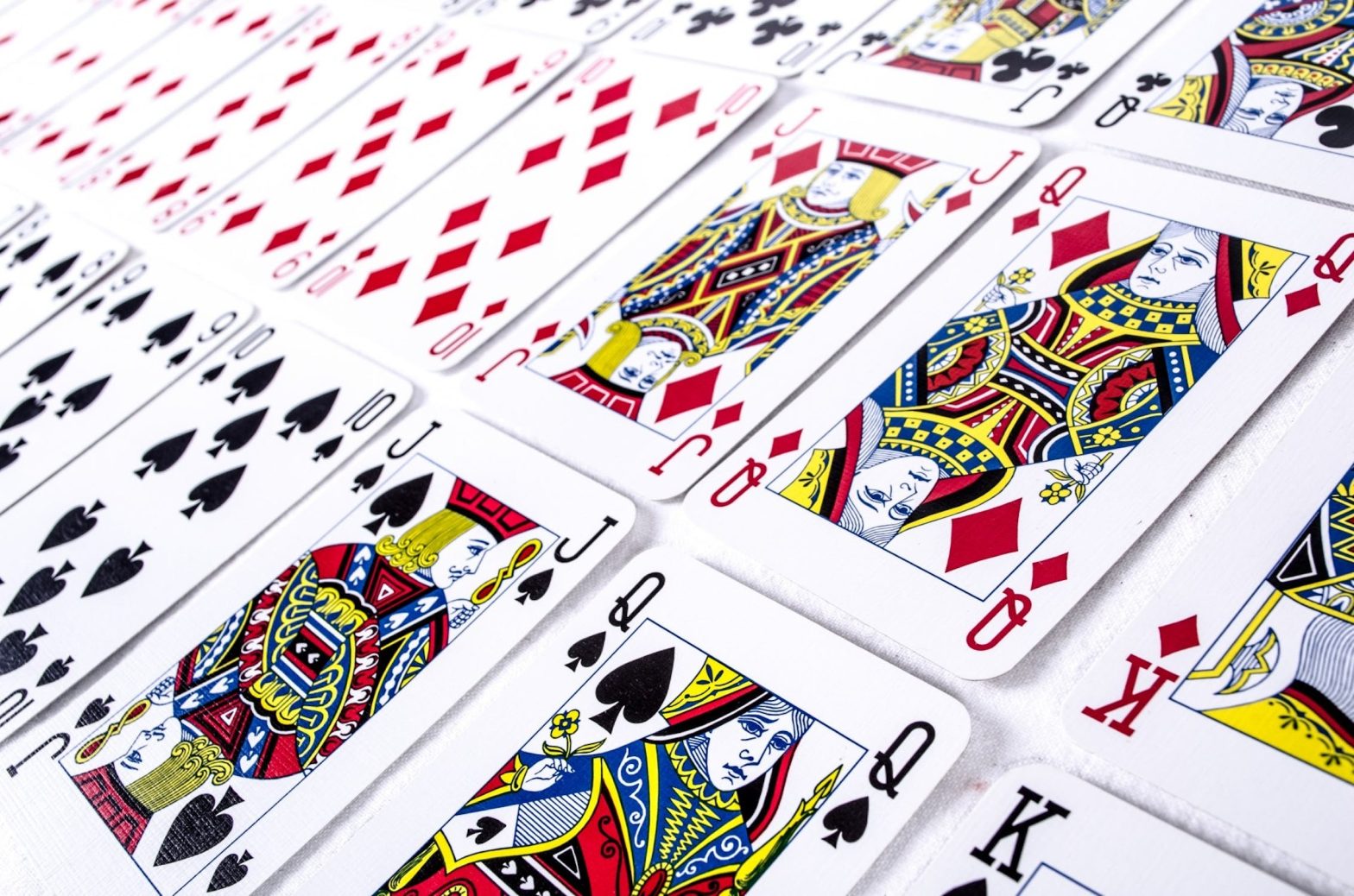The Rules
Poker is one of the most popular and media-promoted card games around the globe, both for professionals and amateurs. Actually, poker is not just one table game with definite rules, it is a family of games in which players compete over which hand is the best. Each poker game has its own rules, though there are lots of similarities. Let’s briefly check out the most obvious differences and similarities.
The Deck
The oldest poker versions were played with just 20 cards. However, classic poker versions use a standard deck of 52 cards. The features that vary in different poker games are the number of cards in general, the number of cards dealt face up or face down, and, finally, the number of cards shared by all players. On the other hand, the number of betting is the same for most poker versions.
The Action

In contemporary poker games, the initial round starts with one or more of the players making a forced bet or the blind. In the classic poker versions, players make bets according to the rank they guess their hand is worth as compared to the other game participants, so it is all a mind game, an unpredictable combination of players’ predictions and expectations. This is what poker is all about, and this is considered to be a game of luck. True, there’s some math behind the gameplay but, at the same time, there’s much psychology involved, too. One can hand the best hand but still lose because of the wrong assessment of other players’ hands and intentions.
The game goes on clockwise as each player in turn has two options:
- He or she matches the maximum previous bet,
- He or she folds, thus losing the betting money.
So the first option, when a player matches a bet, he or she may also raise it. Each round ends when all participants have either called the last bet or folded. If all but one player folds at any moment of the game, the last standing player collects all the money on the table without revealing his or her hand, which is pretty good for this particular player, though such things don’t happen often. If, on the other hand, more than one player is in the game after the final round, a showdown happens. This means that all the remaining hands are revealed, and the player with the winning hand takes the jackpot. This culmination, by any means, is the most exciting part of the game with all strategies and bluffs exposed!
The history of the game

While the game’s origins are a subject of card game experts’ hot ongoing discussions, a consensus opinion states that the medieval French game ‘Poque’, and the even more ancient Persian game ‘As-Nas’ are possible ‘fathers’ of this table game. Poker has become a big deal in the card games world back at the beginning of the 19th century in the American South as gambling boats on Mississippi and around New Orleans promoted, first, its awareness and, then, boosted its popularity. Of course, those early versions were somewhat different from modern ones, for example, regarding the number of cards in the deck.
Today poker offers several versions to enjoy, like Texas Hold ‘Em, for instance. Another boost to poker’s popularity was mass media, like various TV tournaments, and movies. This is how poker has become a truly iconic game of luck worldwide, combining the chances and skills of the players. It has now become more than just a card game, but rather a social phenomenon, with its popularity ranging from senior citizens to family arrangements to international tournaments for professional players.
